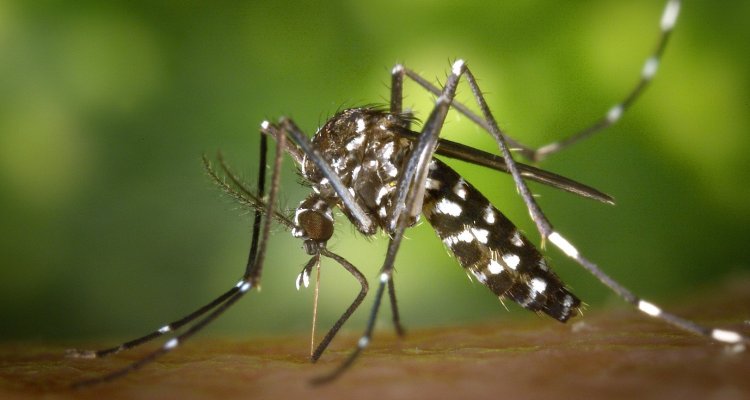
Colloquium
Identification of locations at risk for introduction of Asian Tiger Mosquitos (Aedes albopictus) with ground traffic transport in the Netherlands
Abstract
The Asian Tiger Mosquito (Aedes albopictus) has rapidly spread across the globe over the past few decades. Its spread in Europe, facilitated by passive dispersal pathways like ground vehicles, could pose significant public health risks due to its capacity as a vector for various arboviral diseases. However, there is a lack of localized studies providing specific evidence to identify the extent to which ground vehicle transportation contributes to the introduction and spread in new areas. The aim of this research was therefore to identify potential risk zones for the introduction and distribution of Aedes albopictus in the Netherlands via this pathway.
The main datasets utilized in this study include distribution data of Aedes albopictus in Europe at the NUTS level 3 scale, along with postcode-based mosquito findings data for the Netherlands. These were combined with datasets of highways, holiday road traffic flows and population density. The study evaluated the range expansion of the mosquito by computing average distances of its movement, utilizing solely established regions, and regions determined as Aedes albopictus hotspot locations as identified by a Local Moran’s I analysis. Two methods were employed to calculate the average distances of the mosquito’s movement. Furthermore, the study examined the relationships between mosquito establishment categories (established, introduced, and absent regions) and holiday road traffic flow destined for the Netherlands, specifically focusing on highways. Lastly, high-risk areas in the Netherlands were identified by combining prior results, along with the postcode-based findings of Aedes albopictus in the Netherlands and population density.
The results revealed a range expansion of Aedes albopictus in Europe with average annual distances ranging from 75.88 km to 84.15 km and 335.46 km to 353.76 km, corresponding to the two methods used. Highway densities were observed to be the highest for European regions where the mosquito is introduced, especially in recent years. Introduced regions like in Belgium, showed a strong correlation (0.82) with holiday road traffic flow to the Netherlands. Despite receiving only 6% of total holiday road traffic, in the latest years the Netherlands receives increasing holiday road traffic from introduced regions. The provinces of Zuid-Holland and Noord-Holland obtain the highest holiday road traffic overall and from introduced – and established selected European regions. Strong correlations between incoming holiday road traffic flow and population density in the Netherlands are observed for each establishment category: established (0.72), introduced (0.69), and absent (0.67). Furthermore, predictions suggest potential Aedes albopictus establishment in the whole of the Netherlands by 2028.
In conclusion, this research sheds light on the expanding range of the Asian Tiger Mosquito in Europe. It underscores the significant role of holiday road traffic flows, in potentially introducing the mosquito to the Netherlands via the ground vehicle transportation pathway. Furthermore, it highlights high-risk areas within the Netherlands, emphasizing the need for targeted interventions and continued research to comprehensively understand and mitigate the risks associated with the introduction and establishment of the Asian Tiger Mosquito in the Netherlands via this pathway, especially from the currently introduced regions in Belgium.